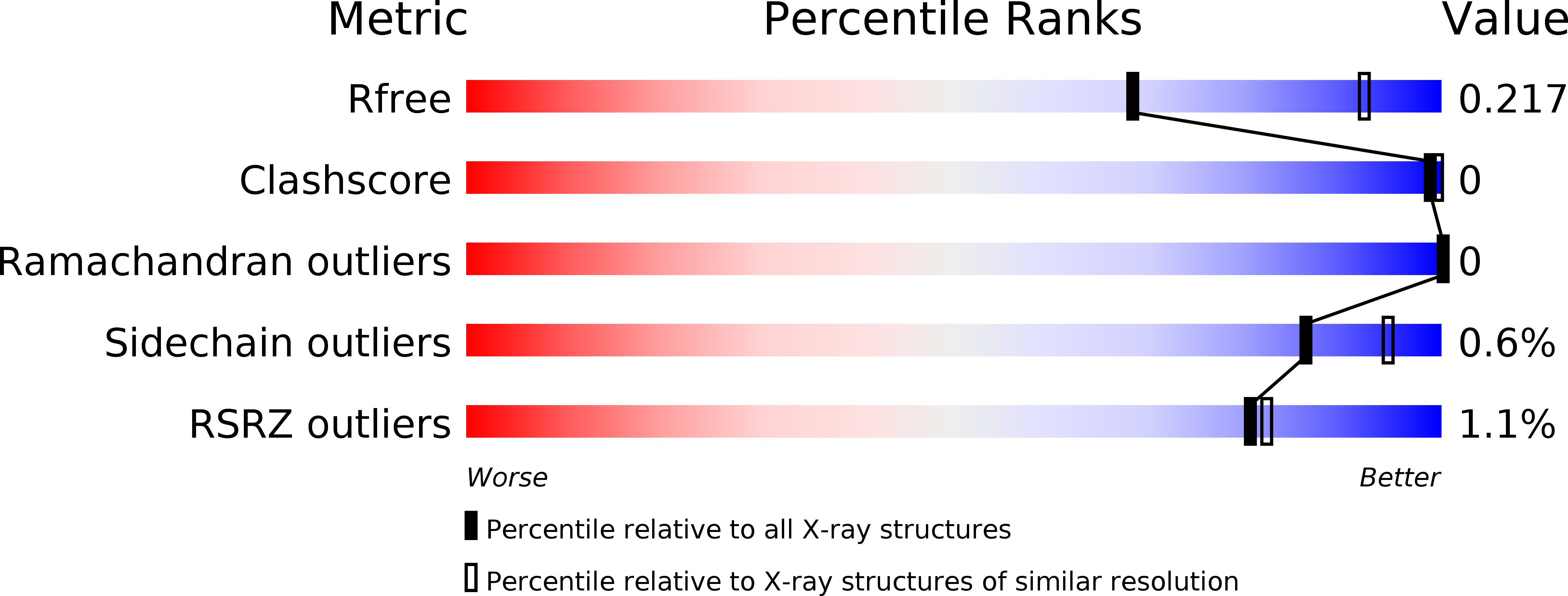
Deposition Date
2019-07-22
Release Date
2019-09-11
Last Version Date
2024-03-13
Entry Detail
Biological Source:
Source Organism:
Ewingella americana (Taxon ID: 41202)
Host Organism:
Method Details:
Experimental Method:
Resolution:
2.47 Å
R-Value Free:
0.21
R-Value Work:
0.20
R-Value Observed:
0.20
Space Group:
H 3 2


